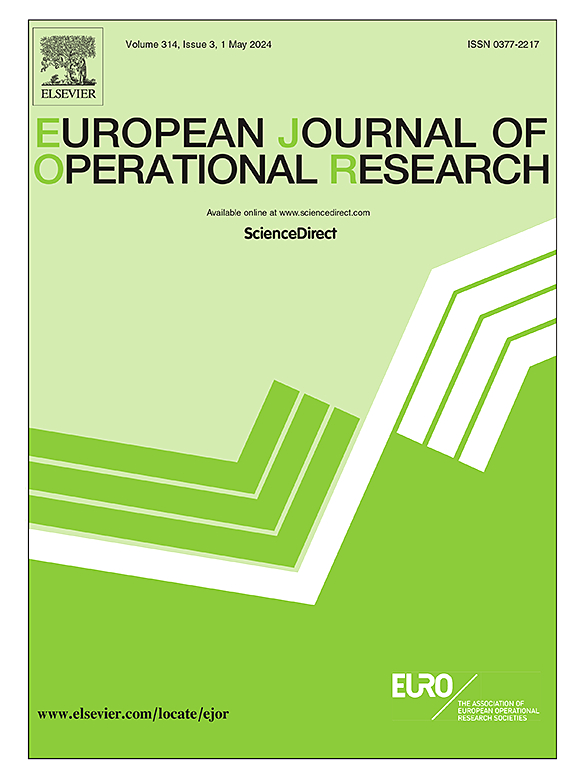Dynamic worker allocation in Seru production systems with actor–critic and pointer networks
IF 6
2区 管理学
Q1 OPERATIONS RESEARCH & MANAGEMENT SCIENCE
引用次数: 0
Abstract
Following the rapid evolution of manufacturing industries, customer demands may change dramatically, which challenges the conventional production systems.求助全文
约1分钟内获得全文
求助全文
来源期刊

European Journal of Operational Research
管理科学-运筹学与管理科学
CiteScore
11.90
自引率
9.40%
发文量
786
审稿时长
8.2 months
期刊介绍:
The European Journal of Operational Research (EJOR) publishes high quality, original papers that contribute to the methodology of operational research (OR) and to the practice of decision making.
 求助内容:
求助内容: 应助结果提醒方式:
应助结果提醒方式:


